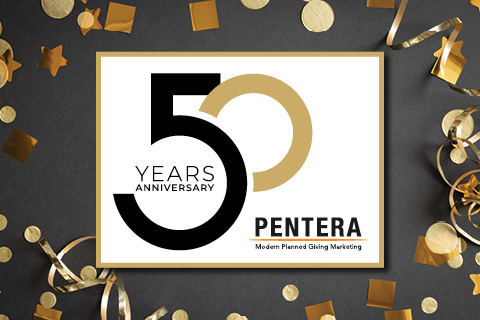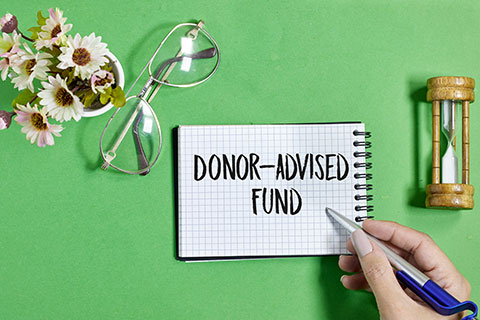
The Pentera Blog
Charitable Gifts That Make Sense for Donors When Interest Rates Are Low
Your donors may be wondering how best to make intended charitable gifts in this low-interest environment. Possibly, they don't realize just how low interest rates are—or all the benefits of charitable gifts in such an environment.
In recent months your donors may have been able to obtain a 30-year mortgage rate below 3%, an amazingly good rate. But if they had cash to invest, they would earn 1% or less on a ten-year Treasury note or on a five-year CD; and if they chose to invest for the short term with a 90-day Treasury bill or a one-year CD, the interest earned would be negligible. When planning for retirement, many donors may have counted on earning 3% to 5% interest on the fixed-income portion of their portfolios. Now their dilemma is whether to move more money into stocks—which have recently been performing rather well but entail risk—or to play it safe by keeping a significant amount in cash and fixed-income investments and earning little interest.
Here are two charitable giving possibilities that you can present to the philanthropically minded for their consideration to address this dilemma:
1. Convert Some Cash and/or Stocks to a Stream of Income
You can explain to your donors that they can transfer some of their cash or stocks to a charitable remainder trust, which pays income that is likely higher than the interest they have been earning on the cash or the dividends from the stocks. Explain to them the difference between a charitable remainder annuity trust (CRAT) that pays a fixed amount of at least 5% of the value of the assets transferred vs. a charitable remainder unitrust (CRUT) that pays a percentage that also must be at least 5% of the value of trust assets as redetermined each year.
Example: Joan, aged 68, owns CDs and Treasury notes paying her about 1% interest, and she owns stocks paying an average dividend of 2%. She transfers $200,000 of these assets to a charitable remainder unitrust that pays her 5% of the value of trust assets determined as of the first of each year. The first year she will receive $10,000, which is considerably more than the interest and dividends she was receiving on the contributed assets. Because the trust is tax-exempt, it can invest to maximize total return without incurring tax on the capital gain. In addition to increased income, Joan receives a charitable deduction of about $98,000—which reduces her income tax. And she provides a charitable gift of trust assets remaining at the end of her life.
2. Make a Gift and Have Part of It Returned to You
You can also explain to donors that they can transfer assets to a charitable lead annuity trust (CLAT), have payments made by the trust to a charity for a certain number of years, and then have whatever remains returned to the donor. In addition to getting back part of the gift, the donor also receives a large up-front income-tax charitable deduction.
Example: David wants to make a $400,000 campaign gift to a charity. He transfers $500,000 to a charitable lead trust and directs that the trust pay the charity $50,000 per year for eight years. In the year of the gift he receives an income-tax charitable deduction of about $393,000. At the end of eight years the trust terminates and remaining trust assets are paid to him. If the annual return is 6% during the eight years, the trust balance paid to him would be about $300,000. The trust's capital gain, dividends, and interest would be taxed to David, but the tax savings should be well in excess of the tax on them—meaning that David realizes significant net tax savings and gets back more than half of the amount transferred. If he had made the gift when interest rates were higher, the charitable deduction would have been much lower.
These are two examples of gifts that make sense in a low-interest environment and thus are timely opportunities to present to donors.


